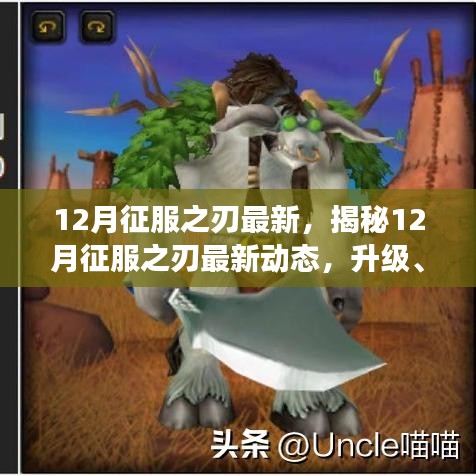Understanding the Expression "Keep Waggling Its Tail" in English
When it comes to describing a dog or any other animal that is excited or overly friendly, the expression "keep waggling its tail" is often used. This phrase captures the playful and lively nature of the animal, suggesting that it is showing a lot of enthusiasm. In this article, we will explore how this expression is used in English, its origins, and some alternative ways to convey the same meaning.
Origins of the Expression
The phrase "keep waggling its tail" is derived from the observation of animals, particularly dogs, who wag their tails when they are happy or excited. The act of tail wagging is a universal sign of a dog's emotional state, and it is a behavior that humans have learned to associate with positive emotions. The origin of the phrase can be traced back to the early 20th century, where it was first documented in literature and popular culture.
Using "Keep Waggling Its Tail" in Context
In English, "keep waggling its tail" is typically used to describe an animal, most commonly a dog, that is showing a high level of enthusiasm or happiness. Here are a few examples of how the phrase might be used in different contexts:
When my neighbor's golden retriever saw me at the park, he kept waggling his tail with sheer delight.
My cat was so excited about the new toy that she kept waggling her tail non-stop.
The puppy kept waggling its tail in anticipation of its owner's return from work.
Alternatives to "Keep Waggling Its Tail"
While "keep waggling its tail" is a vivid and expressive way to describe an animal's joyful behavior, there are other phrases that can be used to convey a similar meaning:
Keep its tail wagging
Keep wagging its tail with joy
Keep its tail thumping with excitement
Keep its tail flicking furiously
Each of these alternatives offers a slight variation in the way the tail's movement is described, but they all effectively communicate the animal's excited or happy state.
Slang and Informal Usage
The phrase "keep waggling its tail" can also be used in a more slang or informal context. In such cases, it might be shortened or adapted to fit the rhythm of casual speech. For example:
That dog keeps waggling its tail all the time; it must be really happy!
Oh, look at that puppy; it's keeping its tail wiggling!
In these examples, the phrase is used to express a sense of familiarity and playfulness, which is characteristic of informal language.
Conclusion
"Keep waggling its tail" is a delightful and relatable expression in English that captures the joy and excitement of animals, especially dogs. Whether used in formal writing or casual conversation, the phrase adds a sense of warmth and understanding to descriptions of animal behavior. By exploring the origins, usage, and alternatives to this phrase, we gain a deeper appreciation for the rich vocabulary that English offers for describing the intricate details of everyday life.
As we continue to observe and interact with the animal kingdom, expressions like "keep waggling its tail" will undoubtedly continue to be a part of our linguistic toolkit, providing a means to connect with and appreciate the emotional world of our animal companions.
Overall, the phrase "keep waggling its tail" is not just a simple description of an animal's physical action; it is a window into the animal's emotional state, one that resonates with humans who share a bond with their furry friends.
转载请注明来自安防监控安装,本文标题:《不断摇尾巴英语怎么说,摇晃尾巴的英文 》













 粤ICP备2021156384号-1
粤ICP备2021156384号-1
还没有评论,来说两句吧...